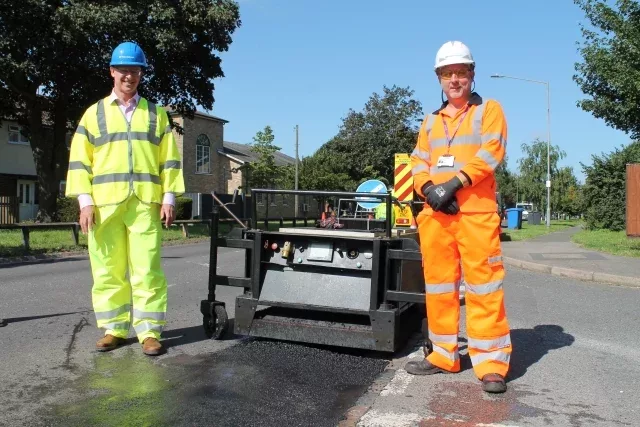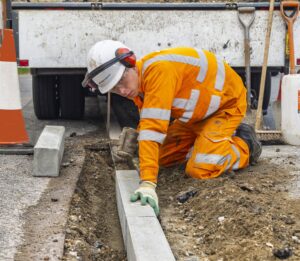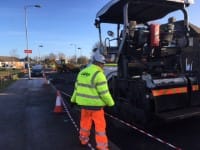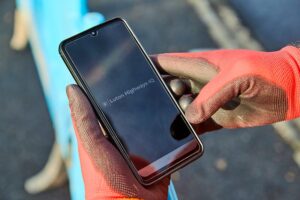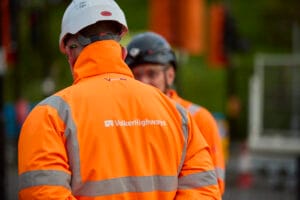A sustainable and efficient way of repairing wear and tear in roads, including potholes, is being used by the Royal Borough of Windsor & Maidenhead to repair more roads.
The value of the work programme is £350,000, which is fully funded by government grants.
A specialist thermal infrared heater, specifically designed to be used on highways, is used to quickly heat up the existing asphalt surface in need of repair. It is then easily reworked using hand tools before a rejuvenator and fresh material is added to the heated asphalt. The area is then reprofiled level with the surrounding road surface and compacted.
The areas that will benefit this time include Holyport Road from Moneyrow Green to Windsor Road, Harvest Hill Road, Cannon Lane, Henley Road, Linden Avenue, Farm Road, Altwood Road, Queensway and Westborough Road in Maidenhead and Mill Lane, Perrycroft, William Street, Rycroft and Alma Road in Windsor.
Work will also be carried out in Kennel Ride, Cheapside Road and Bagshot Road in Ascot, Chanctonbury Drive in Sunningdale, Smewins Road in White Waltham, Bailey’s Lane in Shurlock Row, Dean Lane in Cookham, Spring Lane in Cookham Dean, Burfield Road in Old Windsor, and Broadwater Close in Wraysbury.
The locations have been selected due to the condition of the roads, and the majority of work will be completed under partial or full lane closures, with traffic management in place.
This latest work follows an expanded trial in the summer where repairs were carried out on sections of road in Maidenhead, as well as villages in the borough. The improvements are, once again, being carried out by the council’s highways contractor, VolkerHighways.
Councillor Geoff Hill, Cabinet member for highways and transport, said: “Following trials, this technology is now part of our regular package of tools to tackle road repairs in the borough. We are committed to using more sustainable and efficient ways to keep our highways in good working order and the benefits of this technology are far-reaching.
“This process is more energy-efficient, is less labour-intensive resulting in greater productivity, and eliminates the need for excavation making it safer and easier for access requirements. It is also more environmentally friendly with zero material going to landfill and delivers carbon savings compared to traditional construction. There are also benefits for residents with less noise and vibration, no dust and fewer people working on site.
“This technology supports our drive as a borough to reach net zero carbon emission by 2050 at the latest, as well as improve the way we provide services for residents.”
Other benefits of the infrared system include the increased durability of repairs by eliminating weaknesses created by additional joints in the surface.
Fresh material is added to the heated surfaces at 170ᴼC ensuring all materials are at exactly the right temperature. This means they ‘fuse’ together eliminating the risks associated with ‘cold’ joints and possible failure.



